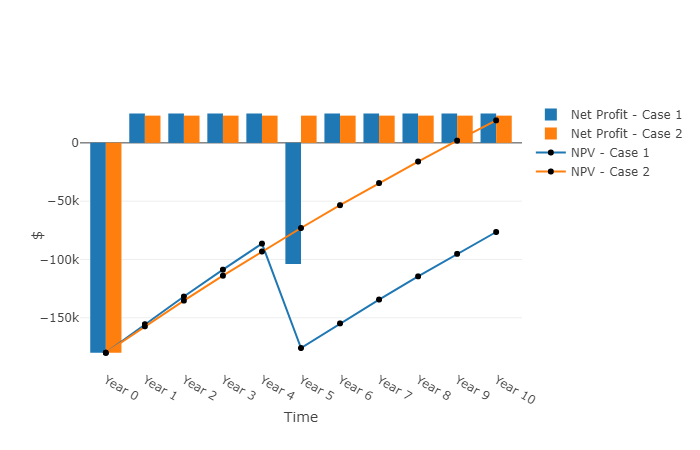
The fact that lithium-ion batteries experience degradation over time with use should not necessarily be a limiter for their widespread use in stationary storage systems, but requires long-term strategies for their management.
Lithium-ion batteries of various types constitute the vast majority of advanced energy storage systems being connected to grids around the world today. At the same time, it is also becoming understood that using these advanced batteries to reap maximum environmental and economic benefit for grids and distributed energy systems comes at the price of maintaining the batteries themselves to give the longest lifetime or most effective use.
Enjoy 12 months of exclusive analysis
- Regular insight and analysis of the industry’s biggest developments
- In-depth interviews with the industry’s leading figures
- Annual digital subscription to the PV Tech Power journal
- Discounts on Solar Media’s portfolio of events, in-person and virtual
Or continue reading this article for free
In the latest edition of PV Tech Power (Vol.16), this was the subject tackled in “Is that battery cycle worth it? Maximising energy storage lifecycle value with advanced controls”, a feature article from Dr Andres Cortes and Ben Kaun of the US Electric Power Research Institute (EPRI), the non-profit research group advising groups across the utility sector and beyond into the generation, delivery and use of electricity.
The article first appeared in the Energy-Storage.news-curated ‘Storage & Smart Power’ section of PV Tech Power and while you can download it as part of the technical journal, we’ve also uploaded the piece in full as a blog on the ESN site, here.
“Battery storage degradation typically manifests as a loss of energy retention capacity, reduction in power delivery capability and efficiency, and eventually need for replacement of batteries,” the pair wrote.
“Depending on the state of a battery system, replacement might imply only the change of few worn out modules or a total replacement.”
There are many factors influencing degradation in lithium batteries, including the average state of charge of a battery’s lifetime and the depth of charge-discharge cycles. Depending on which grid (front-of-meter) or behind-the-meter services a stationary battery is deployed to provide, often stacking several applications or services from one system, the lifetime of a battery system's cells will vary with wear and tear, as the EPRI authors explore in some detail in the article.
The trade-off
However, as the authors also point out, there can be a trade-off in terms of the economics of battery systems versus consideration of degradation and its long-term impacts. In other words, if a project owner is earning more than enough revenues to cover the cost of augmenting and replacing cells over time, a decision could be made to allow the degradation to occur, factored into the economic and technical modelling of projects from their design stage onwards. EPRI has created StorageVET (Storage Value Evaluation Tool) for the purpose of evaluating such opportunities and their attendant cost.
The concept of this trade-off was alluded to by Steve Fludder, CEO of technology provider and system integrator NEC Energy Solutions (NEC ES), in a recent interview with Energy-Storage.news.
“Think of a battery as a finite resource that allows you to put electrons in and take them out in a finite fashion. You can actually calculate how many electrons can go in and out over the lifetime of the battery before it degrades to say 60% and it’s really proper to do some type of augmentation at that point,” Fludder said.
Fludder said that using ever-evolving data platforms and artificial intelligence, NEC ES – which uses batteries from a range of suppliers – is able to create models for degradation which are becoming “ultra-high fidelity”.
“That means that we can really push the operation of the system to its limits, that we can basically put the system into overdrive at times, when the revenue opportunity in the market presents itself. So when the spreads are wide, we’re going to enable our customers to drive this system to the absolute physical maximum that that system could possibly operate, even if it accelerates degradation. That trade-off may be worthwhile, of augmenting or replacing cells.”
Matching up the modelling of degradation with the way the physical characteristics of the battery asset respond to its method of operation will allow NEC ES and ultimately its customers to “make decisions in real-time in the market, based on the actual revenue opportunities” available, will enable battery storage project owners and operators to “balance the economic opportunity with how to use the capital asset”, Fludder said.
